What Are Insurance Groups and Why Should You Care?
Cars are rated 1-50 for insurance cost. Group 1 = cheapest, Group 50 = most expensive. As a young driver, anything above Group 10 might bankrupt you.
Quick Example: An Audi A1 (Group 9) might cost £1,400/year to insure. An Audi A3 (Group 19) will be about £3,500/year. Same badge, bigger car, bigger premium.
What Actually Matters:
- Car value (cheaper cars = cheaper insurance)
- Repair costs (parts for a BMW cost more than a Ford)
- Theft stats (nickable cars cost more to insure)
The expensive reality of young person car insurance: Even in Group 1, you'll pay more than £1,000 for your first year. But choose above group 10 and you're looking at £3,000-5,000. That's a huge difference.
The Good News: There are plenty of affordable decent cars in Groups 1-10.
Young Driver Insurance Costs
In 2025, a 17-19 year old first car low insurance driver can expect to pay £1,694 (November '24 average).
| Group | Typical Car | Insurance Cost* |
|---|---|---|
| 1 | VW Up! 1.0 | £1,330 |
| 2 | Vauxhall Corsa 1.0 | £1,197 |
| 3 | Ford Ka 1.2 | £1,373 |
| 4 | Hyundai i10 | £1,303 |
| 5 | Toyota Aygo | £1,341 |
| 6 | Ford Fiesta 1.0 Ecoboost | £1,368 |
| 7 | VW Polo 1.0 | £1,818 |
| 8 | VW Golf 1.4 | £1,667 |
| 9 | Renault Clio 0.9 | £1,602 |
| 10 | Nissan Note 1.4 | £1,466 |
*Sample costs for 17-year-old in Edinburgh suburb, driveway parking, £500 excess
So, in summary you'll be paying between £1k and £2k for your first year no matter what car you get in the sub-group 10 area and there's a decent amount of choice. Read on to find out the cheapest first cars for 17 year olds.
Still Confused by All These Options?
We're building Carbi to solve exactly this problem - matching young drivers with the right low-insurance cars from trusted local dealers.
Join our Early TestingThe Cheapest Cars to Insure for 17 Year Olds (Groups 1-5)
Group 1 Small Champions
Volkswagen Up! (2012-2023)
Group 1Well put together and fun to drive
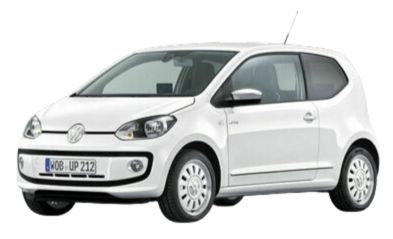
The Good
- Well built with quality feel
- Fun to drive despite small engine
- Excellent safety scores
Watch Out For
- Lower spec models without creature comforts (air conditioning, bluetooth etc)
Skoda Citigo / SEAT Mii (2012-2020)
Group 1Same as the VW Up! but often better value
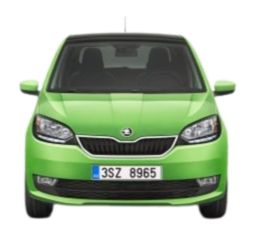
The Good
- Essentially a VW Up! at a lower price
- Same excellent safety rating as the Up!
- Often better equipped for the money
Watch Out For
- A good local example, they're less common than the Up!
Group 2-3 A Bit Bigger
Vauxhall Corsa 1.0 (2015-2019)
Group 2-3Great engine - economical and powerful
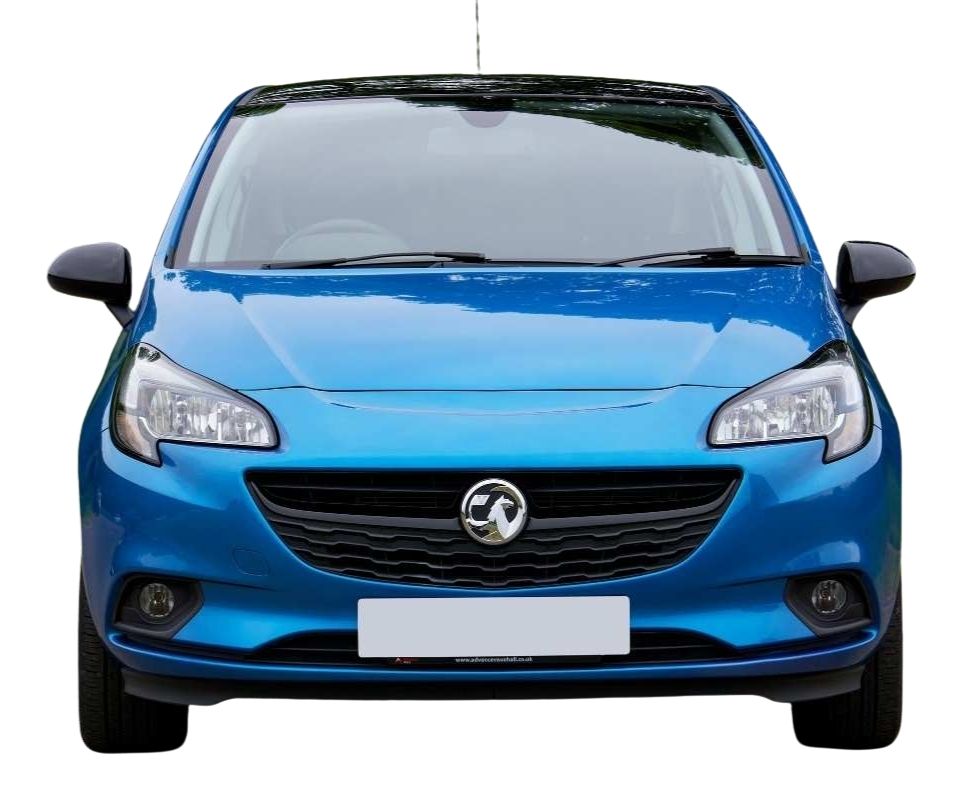
The Good
- Powerful 1.0 turbo engine
- Great fuel economy
- Good safety scores
Watch Out For
- Earlier models can have costly timing chain issues
Ford Ka+ (2016-2020)
Group 2-3Small on the outside, big on the inside
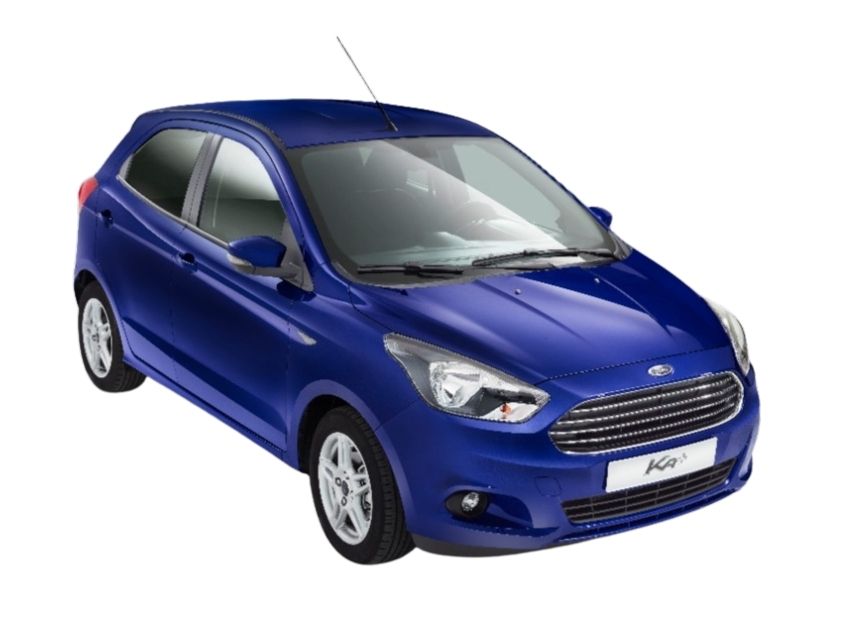
The Good
- Surprisingly spacious interior
- Good value for money
- Cheaper parts than more premium brands
Watch Out For
- Rust on older models
- Lower safety score than rivals
Group 4-5 Sweet Spots
Hyundai i10 (2014-2020)
Group 4-5Good on motorways
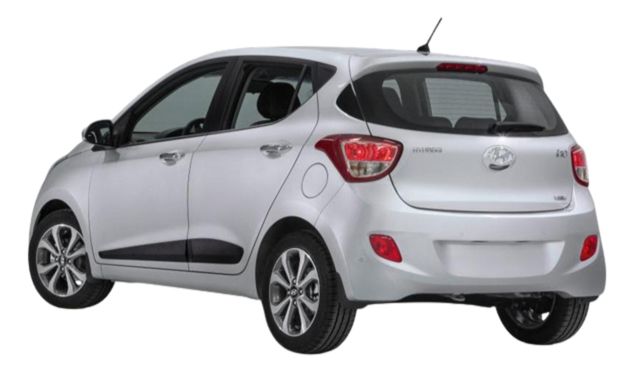
The Good
- Stable at motorway speeds
- Good safety scores
- Excellent warranty if buying newer
Watch Out For
- Gearboxes can be hard to engage 1st and reverse
Toyota Aygo (2014-2022)
Group 4-5Cheap to run
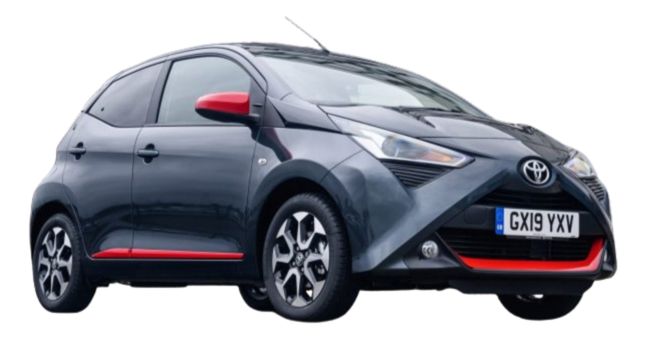
The Good
- Very cheap to run and maintain
- Toyota reliability
- Fun, quirky styling
Watch Out For
- Noisy on motorways
- Lower safety score than rivals
The Best Group 6-10 Cars Still Affordable to Insure
Group 6-7 Popular Picks
Ford Fiesta 1.0 EcoBoost (2013-2017)
Group 6-7Fun to drive
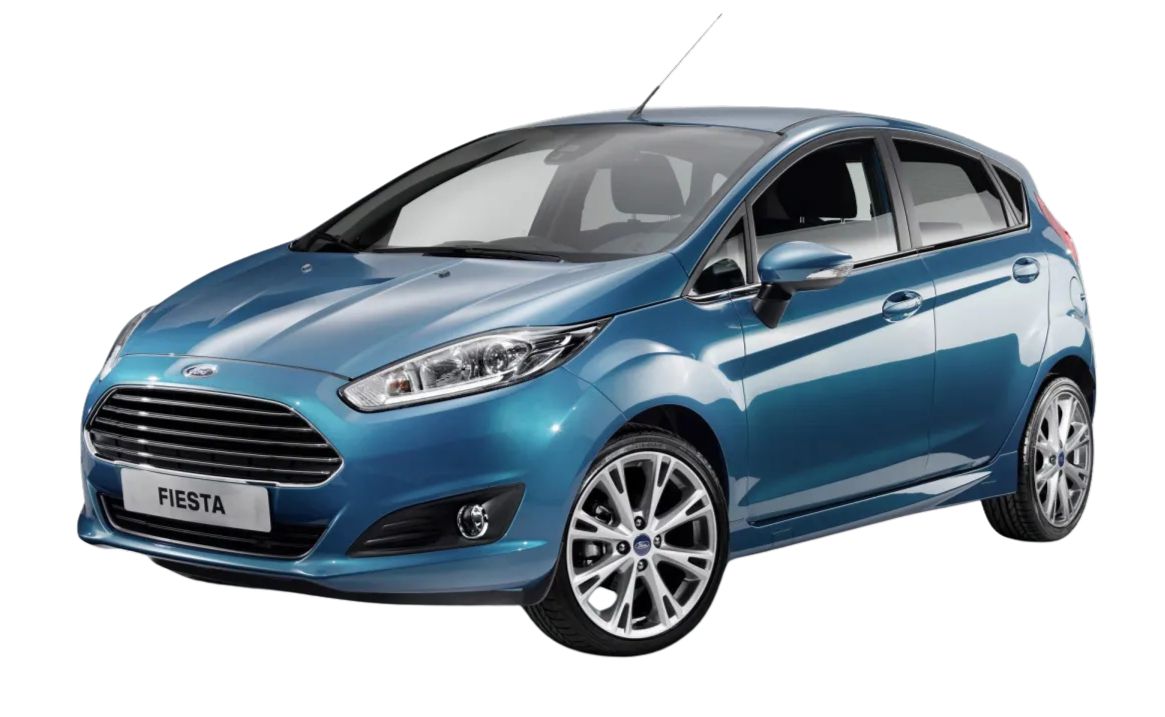
The Good
- Great handling and fun to drive
- Excellent safety scores
- Impressive fuel economy
Watch Out For
- EcoBoost engine issues on 2013-2014 models
Volkswagen Polo 1.0 TSI (2014-2017)
Group 6-7Feels solid, quick and economical
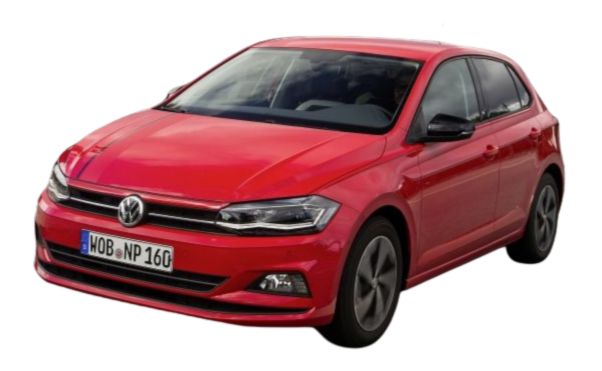
The Good
- Outstanding safety rating - best in class
- Premium feel for a small car
- Quick and economical engine
Watch Out For
- Higher repair costs (more expensive parts)
Group 8-10 Most Expensive of the Cheap Groups
Peugeot 208 1.2 (2015-2019)
Group 8-10Looks great
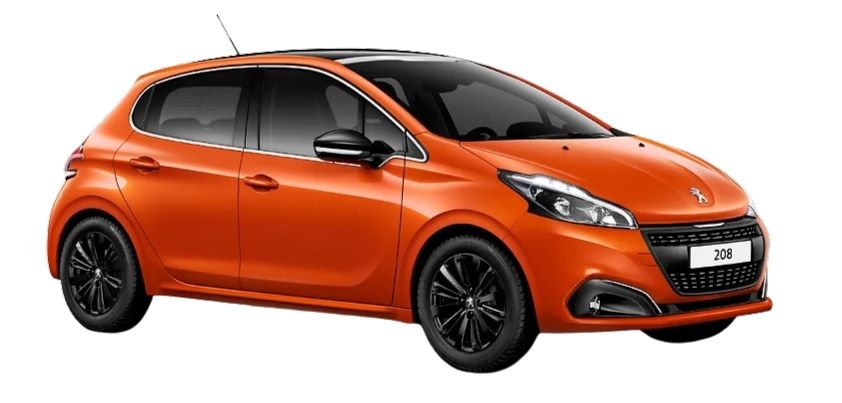
The Good
- Stylish design stands out
- Excellent safety scores
- Good fuel economy
Watch Out For
- Expensive engine issues, full service history a must
SEAT Ibiza 1.0 (2015-2017)
Group 8-10Cheaper version of the VW Polo
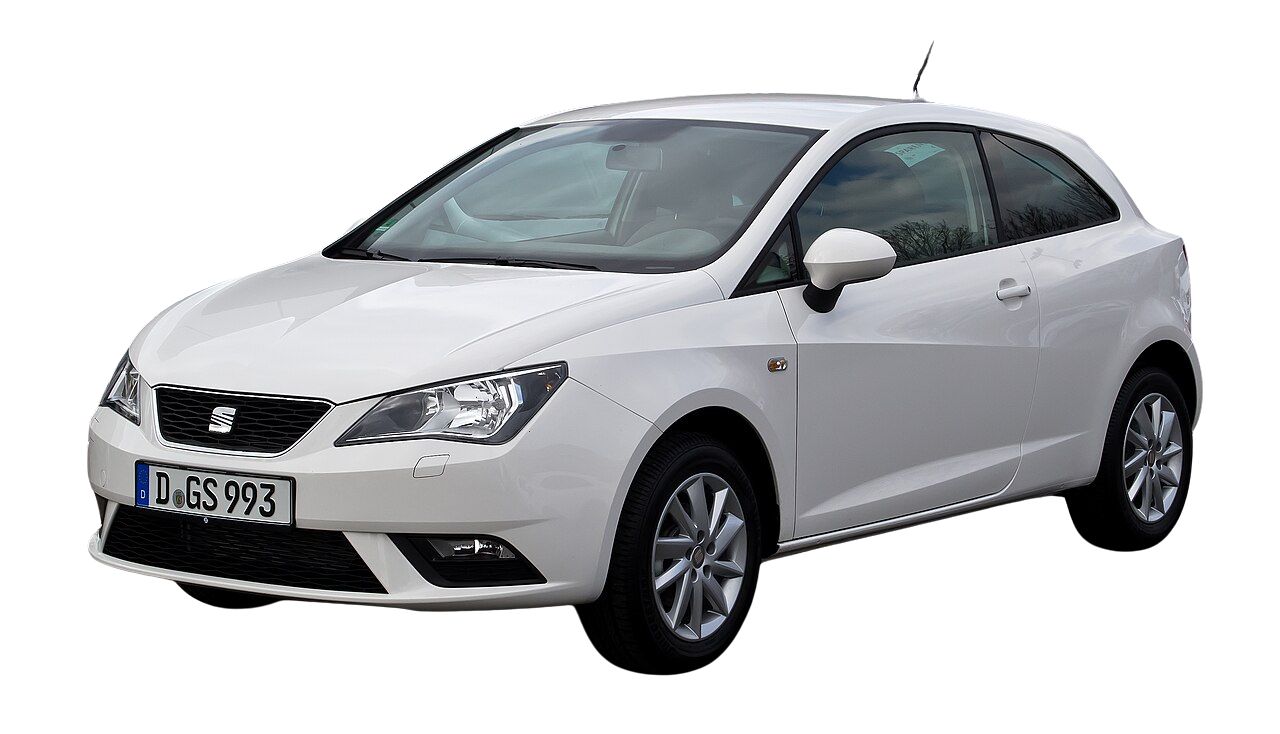
The Good
- VW quality at a lower price
- Excellent safety scores
- Sporty handling
Watch Out For
- A good local example, they're rarer than the Polo
Confused by These Options?
Join Carbi early access to make finding a first car easier.
Get Early AccessThe Insurance Trap: Small Cars to Avoid
MINI (Any Year)
- Group 15+ despite small engine
- Expensive to repair
- Typical insurance cost: £3,000-5,000/year
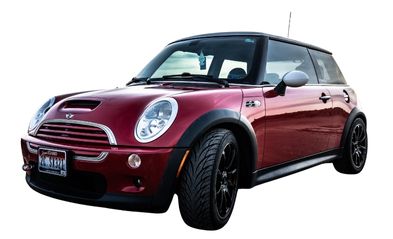
Vauxhall Corsa VXR / Ford Fiesta ST
- High performance = high risk
- Boy racer reputation
- Typical insurance cost: £4,000-7,000/year
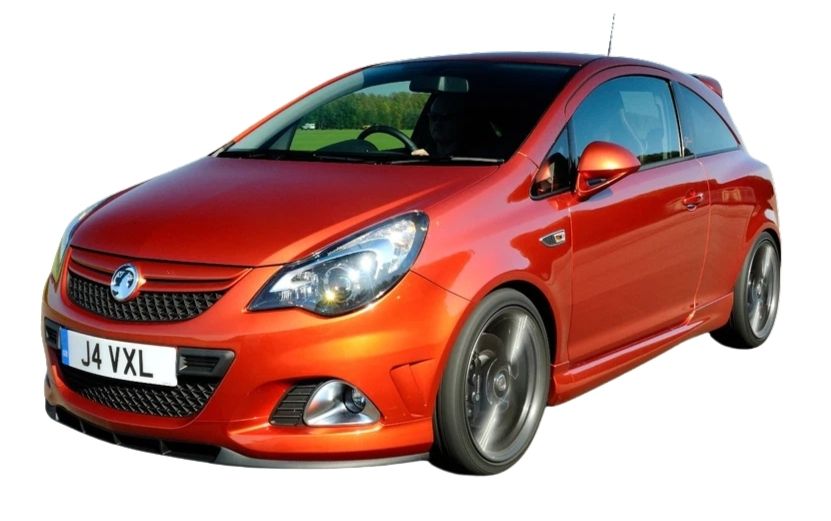
Any Modified Car
- Even small mods can double insurance
- What counts as modified: Aftermarket alloys, exhaust, lowered suspension, stickers
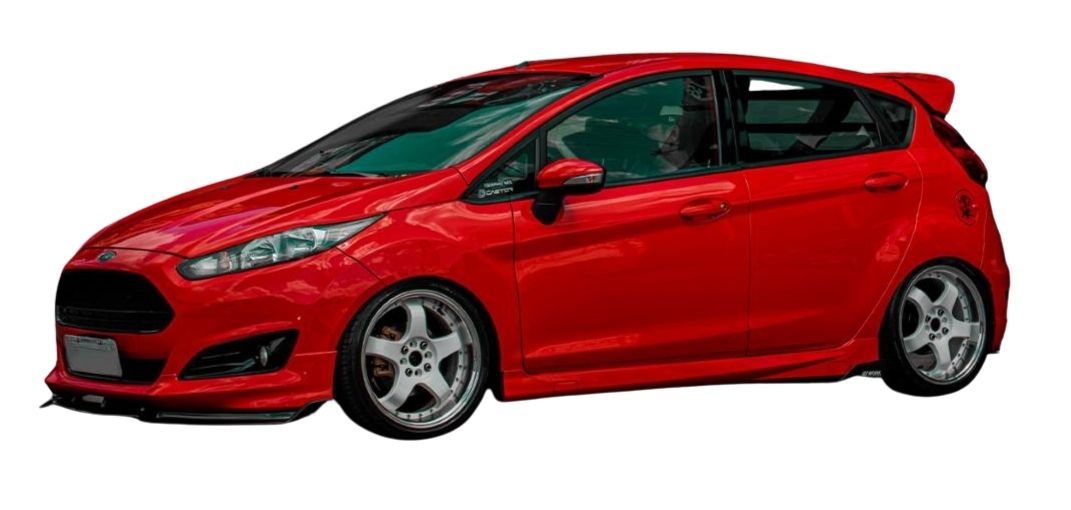
Pre-2010 Cars (Even Low Insurance Groups)
- Insurance won't be much cheaper than newer cars
- Potential parts availability issues
- More likely to fail MOT
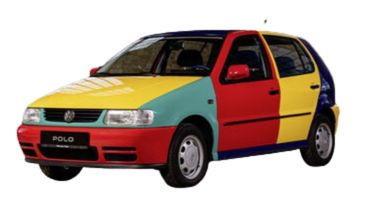
Avoid these costly mistakes - let Carbi find you the right car.
The Postcode Effect
If you live in the countryside you'll probably be desperate for a car to get freedom. Good news - your premiums are likely to be much cheaper than your pals living in the city. Suburban areas are somewhere in the middle.
The Postcode Lottery
| Car Model | Edinburgh | Manchester | Birmingham | London | Rural Wales |
|---|---|---|---|---|---|
| VW Up! | £1,100 | £1,450 | £1,600 | £1,800 | £1,000 |
| Ford Fiesta 1.0 | £1,400 | £1,850 | £2,100 | £2,300 | £1,200 |
Your First Car Action Plan
Step 1: Set Your Real Budget
- Car price + insurance + tax + MOT + maintenance budget = First year cost
- Keep some money aside for unexpected maintenance bills
- Check out this budget calculator to estimate your first year expenses
Step 2: Find the Best Insurance Quotes
- Don't rely on the comparison sites, try some insurers for cheaper direct prices (might be worth the hassle)
- If you can wait, get your quotes to start 21 days in the future for cheaper premiums
- Add a parent as named driver
- Getting multiple quotes is essential, but comparing them properly is tricky - download our Insurance Quote Comparison Tool to organise your quotes side by side
Step 3: Where to Find These Cars
- AutoTrader - make a search filter (insurance group under 10, distance as far as you'll travel, mileage under 50k)
- Facebook Marketplace - looks cheaper but is risky
- Local dealers - they might be able to source a car if they don't have what you want in stock
Step 4: Viewing and Buying Checklist
- Prepare some must-ask questions - e.g. does it have a service history? What insurance group is it?
- Red flags: Lots of previous owners, visible rust or accident damage
- How to negotiate - ask for their best price but don't expect a lot off (dealers often have tight margins)
- Take this checklist along when you're viewing a car
How Carbi Will Make This Easier
Finding the right first car is overwhelming. You're juggling insurance costs, car costs, finding a car you like, parent priorities and getting a good deal.
That's exactly why we're building Carbi.
Instead of spending weeks researching insurance groups, checking quotes, and visiting dealers, we'll do all of this for you:
Join our early access list and help us build the service that saves the car buying stress. We're especially looking for:
Frequently Asked Questions
Slightly - expect 10-15% reduction. The big drop comes at 21 (30-40% cheaper) and 25 (50%+ cheaper).
Maybe. If you don't have access to another car to practice in, it's worth buying pre-test. If so, you'll need to arrange provisional insurance.
No, the insurance group stays the same, but your premium drops as you build up no claims discount and driving experience.
Whatever you're comfortable with that your budget allows. It's going to cost you money either way. If you buy an expensive car, it'll cost more to start with and you'll suffer the worst depreciation, but you'll probably spend less on maintenance and repairs. You can get a cheaper car, but you take on the risk of needing to fix it. Overall, find the best example of a car that you like and can afford.
Yes. But if you don't yet have a steady income it'll be harder to get a loan. Dealers usually offer finance, but check if you can get a better interest rate from your bank before committing.
Depending on who is at fault (you or another driver) your insurance company (or the other driver's insurance policy) will pay to cover the damages to your car and any other cars involved in the accident as appropriate. You would pay the excess of the policy (usually between £200 and £500). You can change the excess on the policy when you take it out. Higher excesses mean lower premiums but you take on the risk of paying more if an accident happens.
If you crash into someone with third party insurance and it's your fault then the insurance company will cover the cost of the other car but not yours. If you have comprehensive cover then they'll pay for your car as well. The Association of British Insurers has a more detailed explanation.
There are some tell tale signs of bad repairs like paint overspray or panel misalignment. If you're worried and to be completely sure, use a service like AA Car Check, RAC Vehicle Check or Vehicle Score.
Yes! Most low insurance group cars are available with automatic versions, though they're rarer and a bit pricier than the manual equivalent.
No. Even small EVs like the Renault Zoe are Group 15+ due to expensive battery replacement costs.